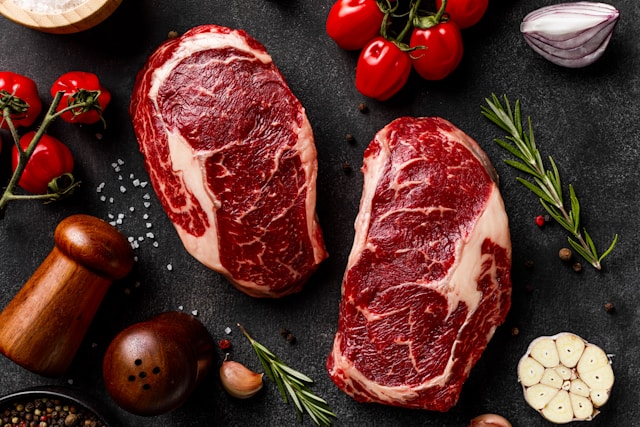An emissions-busting project aims to save a paper mill, create hundreds of jobs and take the equivalent of 50,000 cars off the road by converting waste to energy.
Recycling Victoria on Monday announced the state’s first “energy from waste” licence would go to Maryvale Energy for a plant to process waste that would otherwise go to landfill.
The project is also an important survival technology for the Maryvale mill that was forced to turn off its white paper machines, including the iconic Reflex brand, after an end to VicForests logging in 2023 cut off the local wood supply.
The $600 million energy from waste (EfW) plant to power the LaTrobe Valley paper mill will replace its use of gas and coal-powered electricity as it continues to manufacture brown paper and board for packaging.
The Maryvale project is expected to reduce emissions by 270,000 tonnes per year and secure the mill’s energy supply for more sustainable operations, according to the proponents.
The facility will also make a by-product called “bottom ash” that is used as an aggregate to replace quarried materials for building roads and bridges.
A consortium including paper and packaging manufacturer Opal, utilities company Veolia and sustainable energy developers Masdar Tribe Australian has begun geotechnical works at the Latrobe Valley site.
Opal’s CEO Chris Nagaura said the project would create a new energy industry in the region and create 500 jobs during the construction phase.
Veolia, already the operator of 65 similar facilities around the world, will operate and maintain the power plant that uses waste to produce steam and electricity.
“In comparison to land-filling, they also manage waste immediately rather than leaving it to future generations to manage,” Veolia’s CEO for Australia and New Zealand Richard Kirkman said.
Victorian Environment Minister Steve Dimopoulos said waste to energy projects would help the state reach its target of diverting 80 per cent of waste from landfill by 2030.
The scheme also has a cap that is designed to prevent over-reliance on the waste conversion technology for cutting emissions.
Marion Rae
(Australian Associated Press)






